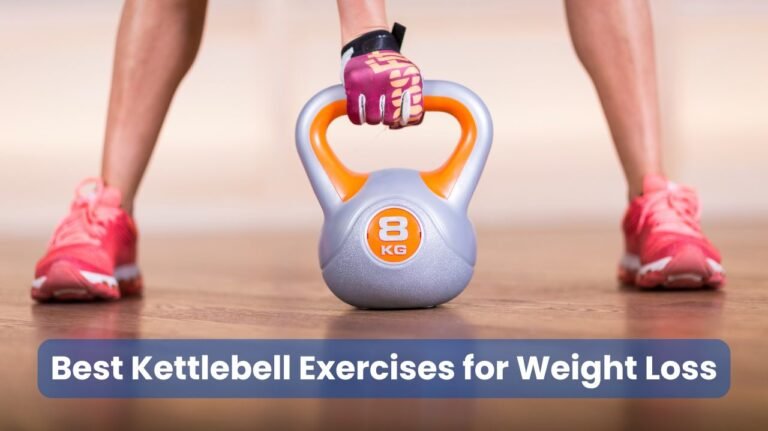Calisthenics for Beginners: Comprehensive Home Workout Guide
For anyone looking to build strength, improve flexibility, and achieve an impressive physique without spending money on expensive gym equipment, calisthenics offers an incredible solution.
This comprehensive guide will walk you through everything you need to know about starting your calisthenics journey from the comfort of your home.
👉 Boost in Focus and Energy to Help Increase Pumps and Performance
👉 Increase Gains, Promote Muscle Growth and Boost Energy
👉 Powerful Muscle Growth, Increased Blood Flow, and Enhanced Pumps
👉 Bulk-Up, Increase Gains, And Improve Recovery
What is Calisthenics?
Calisthenics is a form of exercise that uses your body weight for resistance training. From ancient Greek warriors to modern athletes, this training method has stood the test of time. The beauty of calisthenics lies in its simplicity – you don’t need anything but your own body and determination to get started.
Benefits of Calisthenics Training
Before diving into the how-to, let’s understand why calisthenics might be the perfect fitness choice for you:
- Requires minimal to no equipment
- Can be performed anywhere
- Improves functional strength
- Enhances body awareness and control
- Builds lean muscle mass
- Increases flexibility and mobility
- Develops better coordination
- Reduces risk of injury
- Saves money on gym memberships
- Offers endless progression possibilities
Essential Equipment for Home Calisthenics
While calisthenics primarily uses bodyweight, a few basic items can greatly enhance your training:
Must-Have Items:
- Pull-up bar
- Exercise mat
- Resistance bands
Optional Equipment:
- Parallettes
- Gymnastics rings
- Dip station
Getting Started: The Fundamentals
Assessing Your Current Fitness Level
Before jumping into advanced moves, it’s crucial to honestly evaluate your starting point. Here’s a simple test to assess your baseline:
| Exercise | Beginner | Intermediate | Advanced |
|---|---|---|---|
| Push-ups | 0-10 | 11-25 | 26+ |
| Pull-ups | 0-3 | 4-8 | 9+ |
| Squats | 0-15 | 16-30 | 31+ |
| Plank Hold | 30s | 60s | 90s+ |
Essential Movements to Master
Start with these fundamental exercises:
Upper Body
- Push-ups
- Dips
- Pull-ups/Chin-ups
- Inverted rows
Lower Body
- Squats
- Lunges
- Calf raises
- Glute bridges
Core
- Planks
- Mountain climbers
- Leg raises
- Hollow body holds
Progressive Training Framework
Week 1-2: Building Foundation
Focus on proper form and basic movements:
- 3 workouts per week
- 2-3 sets per exercise
- 8-12 repetitions
- 60-90 seconds rest between sets
Week 3-4: Increasing Volume
- 4 workouts per week
- 3-4 sets per exercise
- 12-15 repetitions
- 45-60 seconds rest between sets
Week 5-6: Introducing Variations
Start incorporating more challenging variations:
- Push-ups → Diamond push-ups
- Regular squats → Jump squats
- Normal planks → Side planks
- Standard pull-ups → Wide grip pull-ups
Sample Workout Routines
Beginner Full Body Workout
- Warm-up (10-15 minutes of light cardio and dynamic stretching)
- Push-ups: 3 sets of 5-10 reps
- Assisted pull-ups: 3 sets of 3-5 reps
- Bodyweight squats: 3 sets of 10-15 reps
- Plank holds: 3 sets of 30 seconds
- Mountain climbers: 3 sets of 30 seconds
- Cool-down stretches
Intermediate Split Routine
Pull Day
- Pull-ups: 4 sets of 6-8 reps
- Inverted rows: 3 sets of 10-12 reps
- Australian pull-ups: 3 sets of 12-15 reps
- Face pulls with resistance band: 3 sets of 15-20 reps
Push Day
- Diamond push-ups: 4 sets of 10-12 reps
- Pike push-ups: 3 sets of 8-10 reps
- Dips: 3 sets of 8-10 reps
- Decline push-ups: 3 sets of 12-15 reps
Legs and Core Day
- Pistol squat progressions: 3 sets of 5-8 reps per leg
- Jump squats: 3 sets of 12-15 reps
- Walking lunges: 3 sets of 20 steps
- L-sit progressions: 3 sets of max hold
- Hanging leg raises: 3 sets of 10-12 reps
Common Mistakes to Avoid
Form and Technique
- Rushing through movements
- Not maintaining proper alignment
- Sacrificing form for repetitions
- Skipping warm-ups
- Neglecting rest and recovery
Programming
- Attempting advanced moves too soon
- Not following progressive overload
- Training the same muscles daily
- Skipping fundamental movements
- Inconsistent training schedule
Nutrition for Calisthenics
Basic Principles
- Calculate your maintenance calories
- Adjust based on your goals (muscle gain or fat loss)
- Focus on whole, nutrient-dense foods
- Stay hydrated (aim for 2-3 liters daily)
Macronutrient Guidelines
| Macronutrient | Percentage of Daily Calories |
|---|---|
| Protein | 25-30% |
| Carbohydrates | 40-50% |
| Fats | 20-30% |
Recovery and Injury Prevention
Essential Recovery Practices
- Get 7-9 hours of sleep nightly
- Stay hydrated throughout the day
- Include rest days between workouts
- Practice active recovery
- Use foam rolling and stretching
- Listen to your body’s signals
Tracking Progress
Metrics to Monitor
- Exercise repetitions and sets
- Hold times for static exercises
- Body measurements
- Progress photos
- Body weight
- Energy levels
- Recovery quality
Advanced Progression
Once you’ve mastered the basics, explore these advanced moves:
Upper Body
- Muscle-ups
- Handstand push-ups
- Planche progressions
- Front lever progressions
Lower Body
- Pistol squats
- Shrimp squats
- Jump variations
- Plyometric combinations
👉 Pack On Muscle Mass and Get Bigger and Stronger
👉 Burn Fat and Get Seriously Ripped
👉 Get Explosive Strength and Maximum Stamina
👉 Become A Gym Beast With Legal SARMs Alternatives
Conclusion
Starting calisthenics at home is a journey that requires patience, consistency, and proper progression. Begin with the basics, focus on form, and gradually work your way up to more advanced movements. Remember that everyone’s journey is different, and progress comes with dedicated practice and proper recovery.
The beauty of calisthenics lies in its accessibility and the endless possibilities for progression. Whether your goal is building strength, improving flexibility, or achieving impressive skills like the planche or muscle-up, calisthenics can help you get there – all from the comfort of your home.
Start your journey today with the fundamentals, stay consistent with your training, and watch as your strength, skills, and physique transform through the power of bodyweight training.







